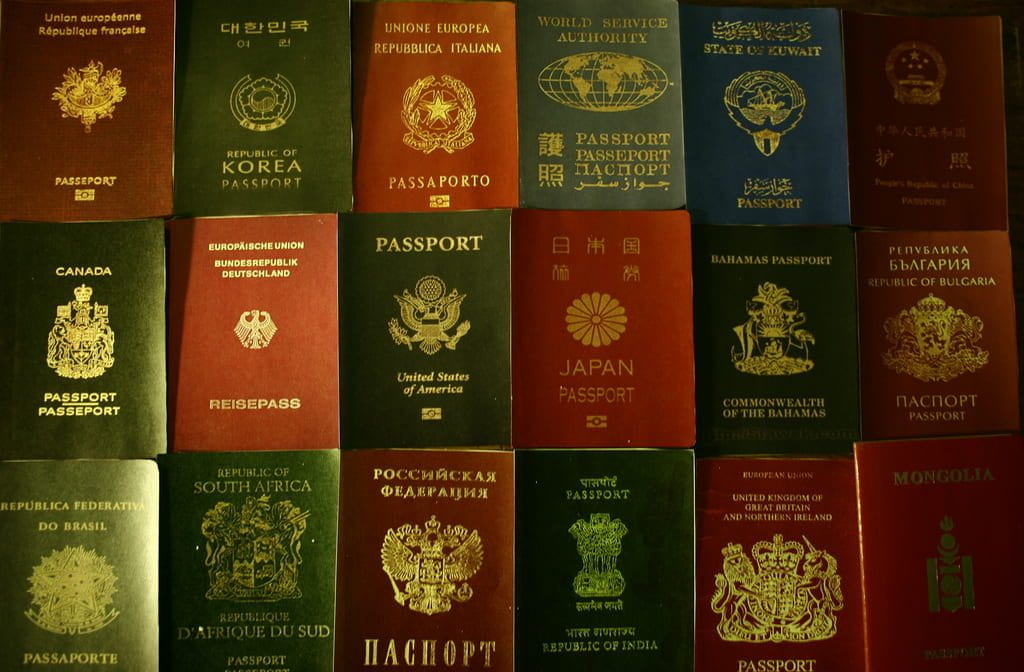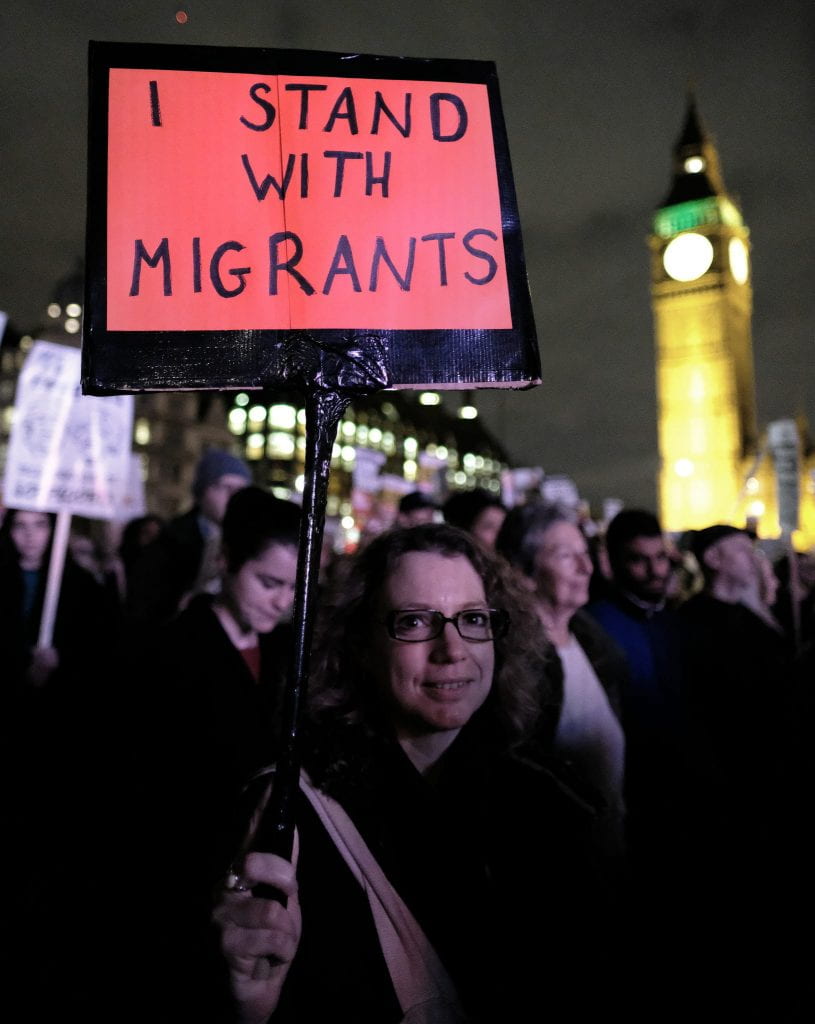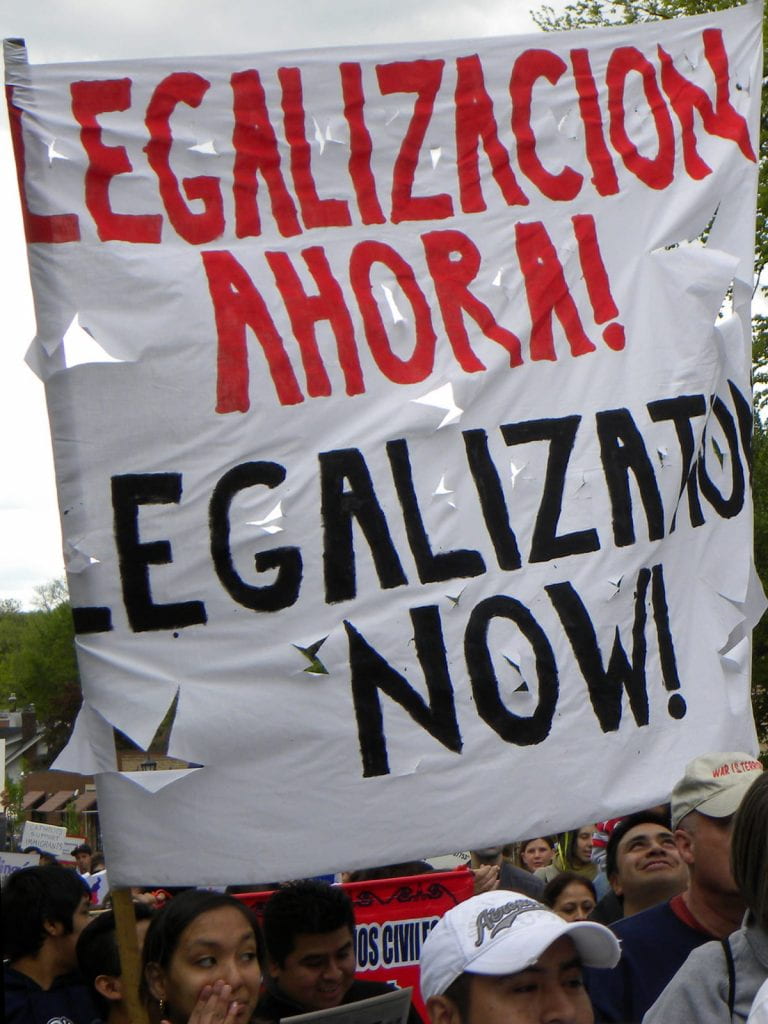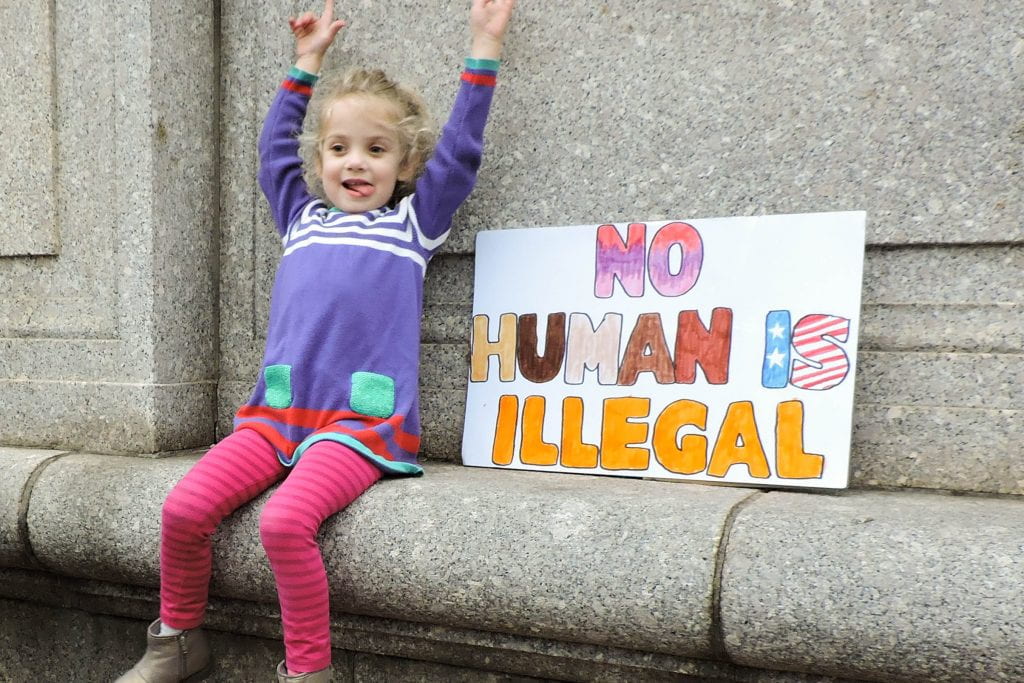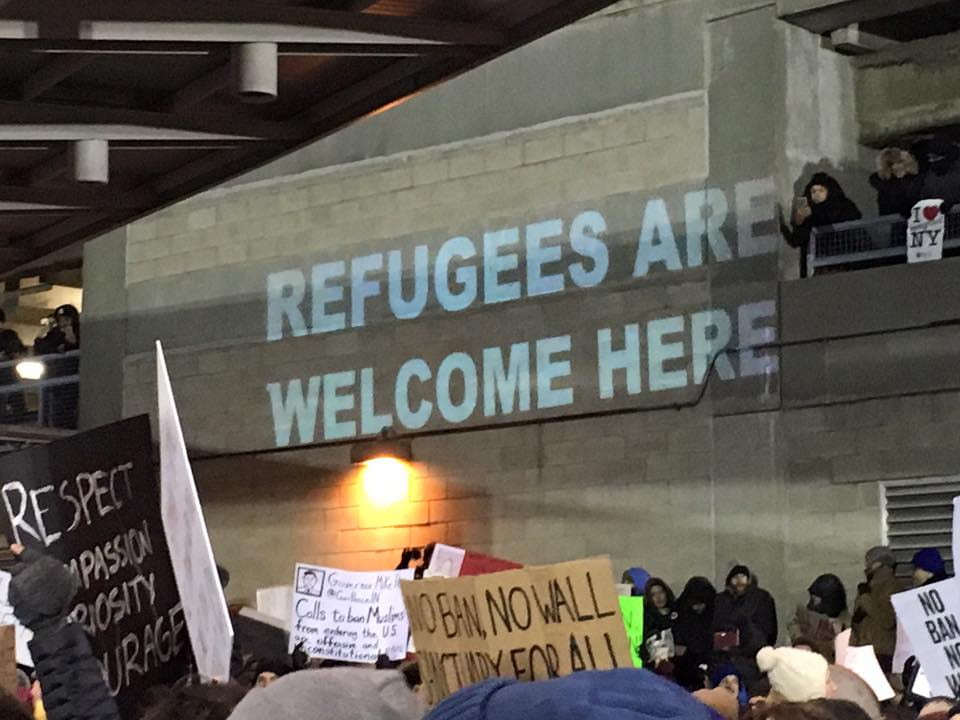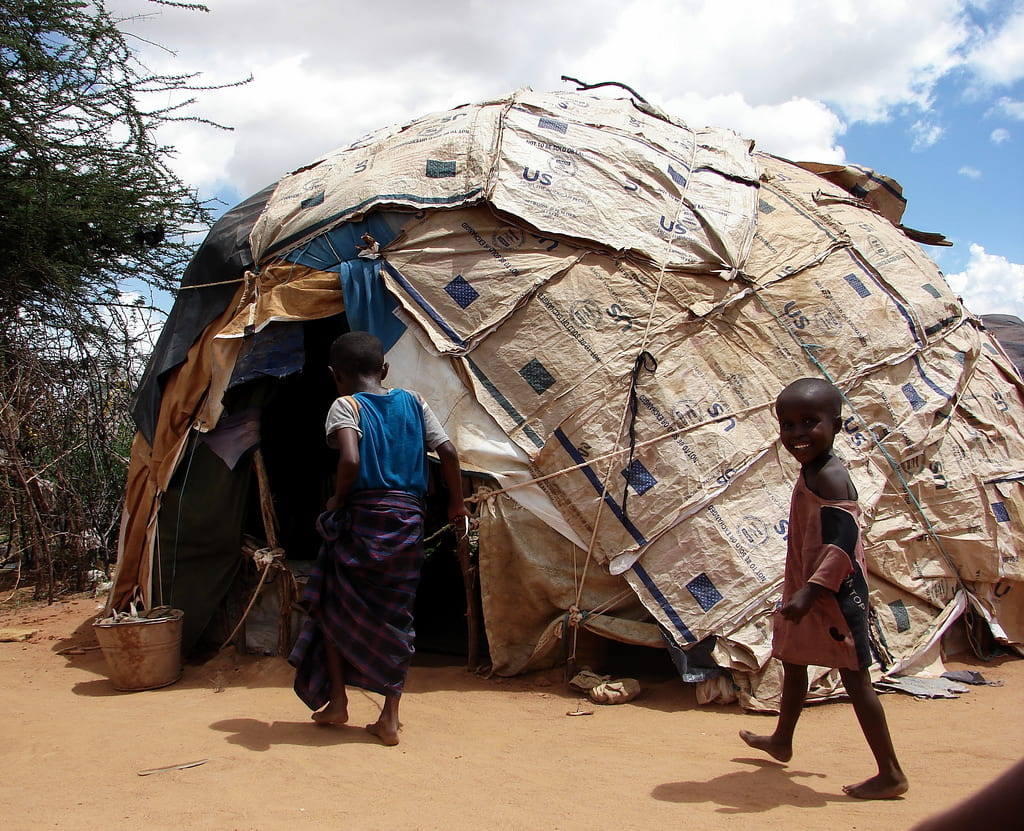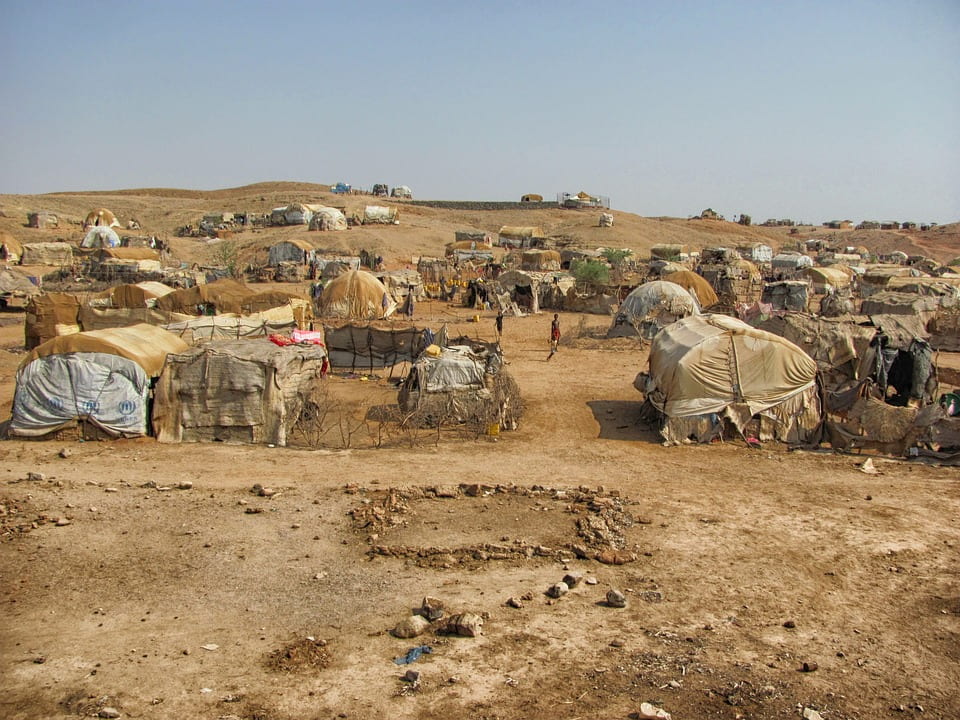
Despite the many different viewpoints that exist on the political spectrum within the United States, one of the few things we all seem to be able to generally agree on is the importance of protecting children. Their life and well-being completely rely on adults actively working to keep them safe and nurture them. On September 2, 1990, the Convention on the Rights of the Child (CRC) was put into effect by the United Nations to aid in the protection of these most vulnerable members of society.
Despite the resolution’s wide acceptance, the United States is the only one that has not ratified it out of the world’s 195 countries. Why is this? What are its implications?
What Is Included in the Convention on the Rights of the Child?
The CRC does exactly what the title suggests: it outlines the rights held by children. It covers the rights to parental guidance, survival, development, nationality, identity, freedom of expression and thought, privacy, education, healthcare, and much more.
It states that, above all else, adults should be focused on ensuring that all their actions have as positive an impact on children as possible. Governments are responsible for protecting children’s rights in all situations, and any legislation that affects children should support their development and well-being. The CRC also addresses government responsibility in trying to keep families together (so long as it is the best thing for the child) and the fact that child refugees, children with disabilities, indigenous children, and children of minority groups have the same rights as any other children. Governments should take any extra action necessary to see that these rights are fulfilled.
Article 42 states that adults and children should be made aware of the rights put forth in the Convention. It emphasizes the importance of adults teaching children about their rights.
The United States and Violations of Children’s Rights
The United States is currently involved in the violation of many of the rights set forth in the CRC, but if it were to ratify the CRC, it would then be expected to begin working towards fixing them.
Children Facing Life Without Parole
One way in which we are currently violating the CRC is through the fact that, in many states, children can be sentenced to life in prison without the chance of parole. More than 3000 people are currently serving life sentences without the possibility for parole for crimes they committed while under the age of 18. In 2012, the Supreme Court ruled that it is unconstitutional for children to be given mandatory life-without-parole sentences. However, in 28 states it is still a possibility for a child to face life in prison without parole. This number does not include states that allow sentences lasting decades, even 90 years, which are in effect life-sentences, despite not being labeled as such. This violates Article 37 of the CRC which states that children should not be sentenced to life without the possibility of release.

Children in Adult Prisons
We are also violating the CRC because there are around 10,000 children in the United States who are being held in adult prisons and jails. This fact within itself violates Article 37 of the CRC, which states that children should not be kept in prisons with adults. This also violates Article 34, which states that “Governments should protect children from all forms of sexual exploitation and abuse,” as children are five times as likely to experience sexual assault in adult prisons than juvenile detention centers. Children are 36 times more likely to commit suicide after being held in adult facilities than those who have been held in juvenile facilities. This violates Article 27, which states that children “have the right to a standard of living that is good enough to meet their physical and mental needs.”
Trump’s Zero Tolerance Immigration Policy
The United States has also recently violated the CRC through the “zero tolerance immigration policy” that The Trump Administration put in place earlier this year. As a result of the push for prosecution of undocumented immigrants caught crossing the border and “rules on holding children in either criminal or immigration detention,” thousands of children were separated from their parents. This violates Article 9 of the CRC which states that children should be remain with their parents unless it is more harmful for them to be together than separated.
Despite the rules that relate to holding children in criminal or immigration detention, the children who were separated from their families were held in what were essentially cages: holding areas surrounded by “chain-link fences,” with 20 children being held in each of them and “few comforts besides foil blankets.” They were kept in inhumane conditions, violating Article 27 of the CRC, which describes the right to an adequate standard of living. It is difficult to see how these conditions could possibly have had a better impact on the children than finding a way to allow them to remain with their parents.
Most of the families who were separated have now been reunited and new families are no longer being separated, but it is still important that we recognize the impact that such situations have on the children involved.
Basic Human Rights for Children in the United States
The United States also has a long way to go in taking steps to improve and preserve children’s access to their rights. In 2014, 22% of children lived in poverty, and 30% had parents who did not have job security. Between 2012 and 2014, 53% of young children were not in school, bringing concern to the right to education. Also, the US is the only high-income country that does not provide paid leave for new mothers.
The United States’ withdrawal from the United Nations Human Rights Council makes it difficult to be optimistic about the possibility of ratifying the CRC any time soon. It is a country that is self-proclaimed as being one of the most progressive in terms of human rights, yet we have not even ratified the document created to protect the vulnerable members of society whom we all agree need to be protected. At this point in time, the actions of the United States do not match its claims, and that needs to change.


